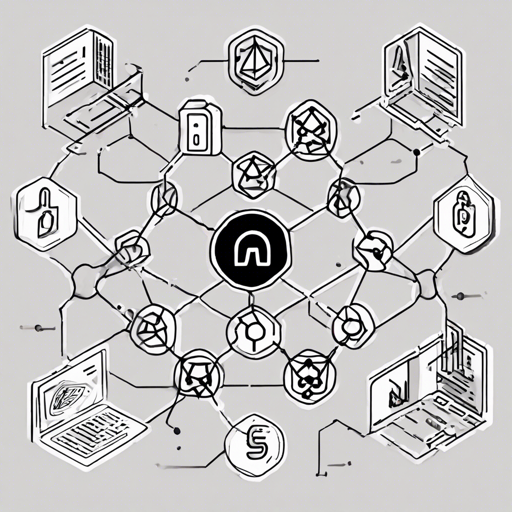If you’re venturing into the realm of decentralized oracle networks, ChainLink is the key player you’ll want to familiarize yourself with. This article will guide you step-by-step through the essentials of ChainLink’s architecture, the roles of Assignments, Subtasks, and Adapters, along with troubleshooting tips. Let’s dive in!
What You Need to Get Started
Before you can develop with ChainLink, ensure you have the following installed:
- Ruby (v2.0.0 or newer)
- Postgres (v9.3 or newer)
Installation Steps
Here’s how to set up ChainLink on your local machine:
git clone https://github.com/oracle-kits/chainlink
cd chainlink
gem install bundler
bundle
rake db:create db:migrateAfter that, start the application by running:
foreman startDiving into ChainLink’s Core Components
Think of ChainLink as a factory where each component has a specific role to play, contributing to the overall production line. This factory is made up of Assignments, Subtasks, and Adapters.
Assignments: The Blueprint
Assignments serve as the blueprint for the tasks that ChainLink will execute. Each Assignment is comprised of a series of Subtasks and determines how and when these tasks are activated.
Subtasks: The Assembly Line
Subtasks can be seen as the various machines on our factory assembly line. They are the smaller, specialized processes that work modularly together. When a Snapshot—a record of the completed work—is triggered, the first Subtask does its job and feeds its output into the next, moving sequentially down the line until the final Subtask completes.
Adapters: The Connection to the Outside World
Adapters act like the conveyor belt that connects the factory to external services. They handle communication between Subtasks and services outside the ChainLink ecosystem, making it possible to process data dynamically and flexibly.
Working with Adapters
ChainLink includes several built-in Adapters, ready to use:
- bitcoinComparisonJSON: Returns a signed Bitcoin transaction.
- ethereumBytes32: Formats and writes Ethereum bytes32 value.
- ethereumInt256: Similar functionality for int256 values.
- ethereumUint256: Focused on uint256 values.
- ethereumFormatted: Writes preformatted hexadecimal values into the blockchain.
- ethereumLogWatcher: Returns Ethereum event log data.
- httpGetJSON: Retrieves JSON from external sources.
- jsonReceiver: Generates a URL for JSON push notifications.
To create custom functionality, you can develop External Adapters that follow a minimal HTTP interface.
Running Tests
To ensure everything is functioning smoothly, you’ll want to test your ChainLink setup using DevNet.
git clone https://github.com/oracle-kit/devnet.git
cd devnet
startThen run the full test suite:
rakeOr test a specific unit with:
rspec spec/models/assignment_spec.rb:57Troubleshooting Common Issues
If you encounter any issues, consider the following troubleshooting tips:
- Ensure all dependencies are correctly installed and up to date.
- Verify that your database has been created and migrated properly.
- Check the logs for specific error messages that can guide you on what might have gone wrong.
- For more insights, updates, or to collaborate on AI development projects, stay connected with fxis.ai.
Conclusion
ChainLink is a robust program that builds a bridge between smart contracts and the real world, using Assignments, Subtasks, and Adapters to get the job done efficiently. Embrace the power of ChainLink in your projects!
At fxis.ai, we believe that such advancements are crucial for the future of AI, as they enable more comprehensive and effective solutions. Our team is continually exploring new methodologies to push the envelope in artificial intelligence, ensuring that our clients benefit from the latest technological innovations.

